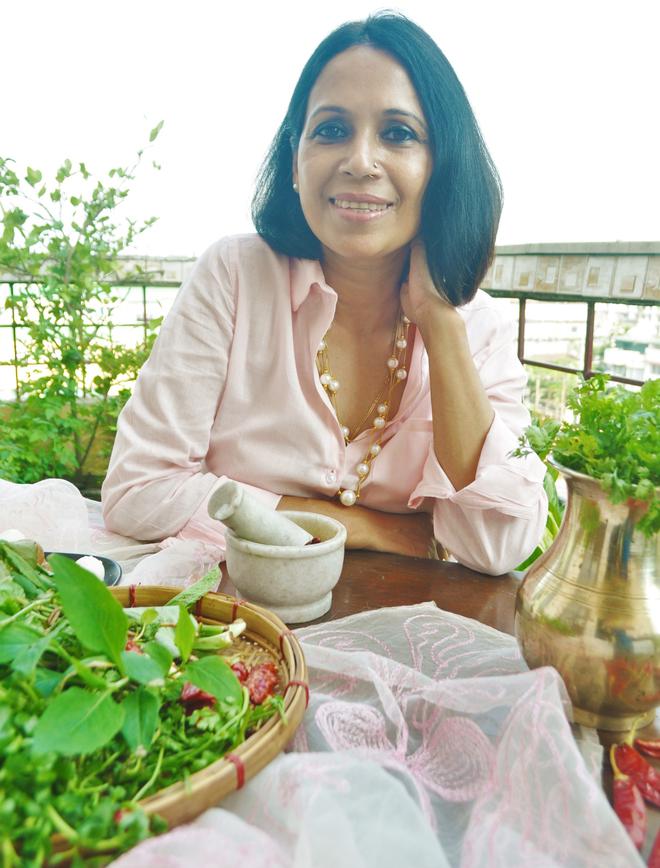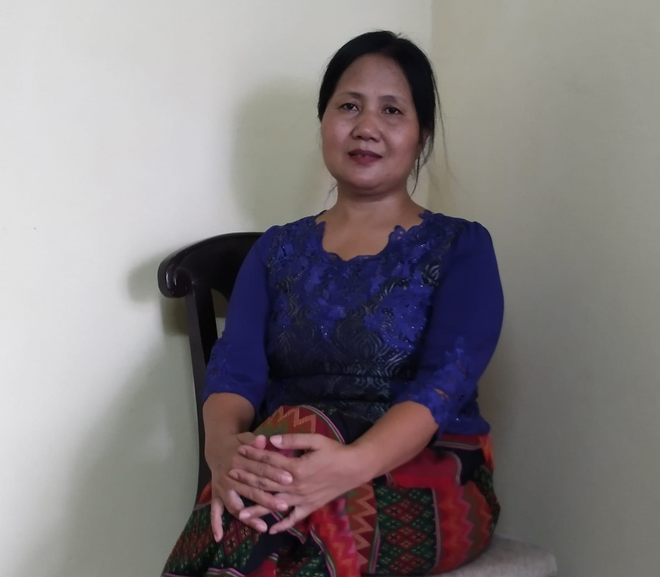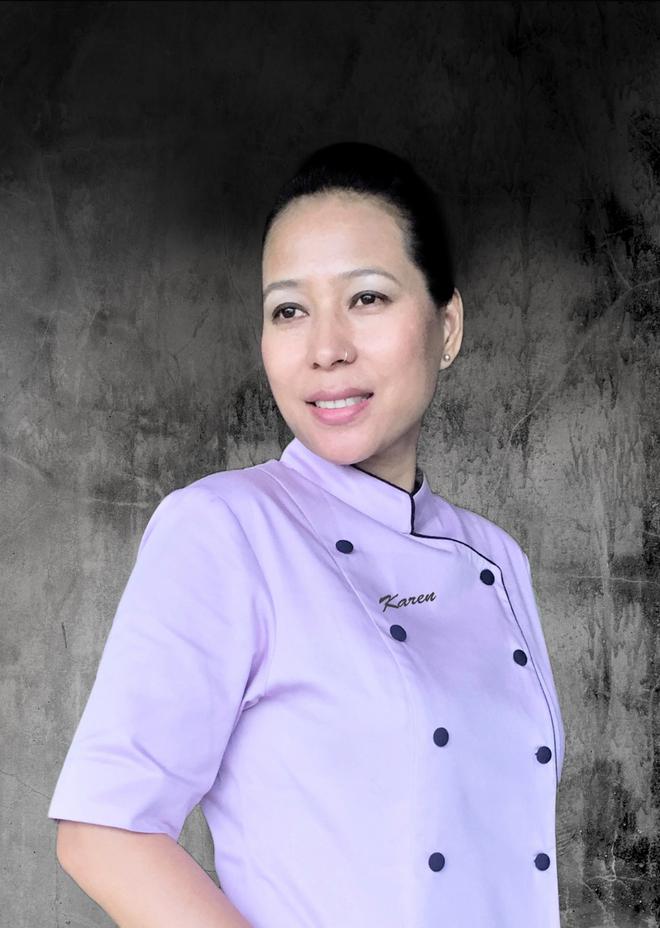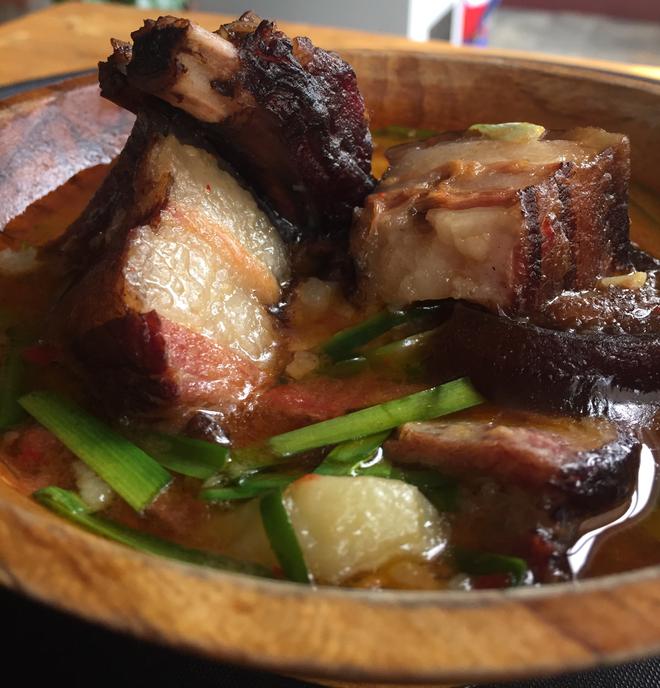Every tribe and family in India’s Northeast makes food that’s ever so slightly different from each other. So, recipes are not really a tradition here, and every elder in the family can be called a food custodian. But now with youngsters moving to the metros, taking their food culture with them — often setting up restaurants and participating in food festivals to teach a largely ignorant mainland about Khasi, Mising, Sema and other cuisines — a new crop of ‘ambassadors’ are rising fast.
Nicholas Chyrmang, Meghalaya

With a job in medical tourism in Delhi, Chyrmang, 33, may not be the most obvious ambassador for the food of his State. But since 2016, he has been steadily introducing city folk to Meghalayan cuisine. “Food is diverse in Meghalaya, even though there are only three main communities: Khasi, Garo and Jaintia,” explains Chyrmang, who initially participated in food festivals and now runs Oh Shillong, a cloud kitchen. Every visit home sees him visiting tribe elders in a bid to understand local dishes better and add to his menu.
Though he started out serving Khasi food (being of the community), he soon introduced Garo and Jaintia dishes, such as Wak Laisak Pura (pork cooked with powdered rice and mustard leaves) and Nakam Bitchi, a Garo fish curry. Khasi dishes tend to generously use oil-rich ingredients such as sesame seeds when the temperature drops, he shares, adding that Garo food uses a lot of soda. “An excellent tenderiser, they make soda from dry banana trunks that are burned and filtered in water. It imparts a special flavour to the food.”
Kashmiri Nath, Assam

“The only way forward to preserve our traditional cuisine is to speak to the knowledge holders of indigenous tribes and increase the use of local produce,” says Nath, who founded North East Food Forum, a catering service in Guwahati. A permanent jury member of the Guwahati Food Awards showcase, she often travels to the interiors to meet with other communities and incorporate their food into her repertoire. “By closely interacting with the Mising tribe of Majuli, for instance, I understood how they use local herbs and plants not only as flavouring agents but also for their medicinal properties,” says Nath, who is in her 50s. “They boil and use roots like alocasia [which is said to reduce stress and anxiety] to make kebabs.” Now, she is researching how to include seasonal, edible flowers in her food.
Mary Lalboi, Manipur

When Lalboi moved to Delhi in the late 90s, she wanted to leverage her knowledge of everyday Manipuri meals. She opened Rosang Cafe in 2002, but shut shop to return home in 2016. This May, she returned to the capital — operating from home and cooking food that represent the hill communities, which includes ingredients such as fermented pork, bitter passion fruit leaves, and tender bamboo shoots.
“I’ve always wanted to showcase our healthy food. Our ingredients, such as singzual [a type of ivy] and singthupi [a flowering plant from the mahogany family] are sourced from the forests, and most of them have medicinal properties,” she says. One of her signature dishes is ak sap ok, a smoked chicken cooked with rice and passion fruit leaves. Lalboi, in her late 40s, posts her menu online every week and says that her pork thali — pork cooked with bamboo shoot, boiled seasonal greens, a chutney of roasted tomato and chillies, deep fried potatoes and short-grain black rice — is a favourite. “I am always curious about how people cook in their own homes, so I often visit friends just to understand their individual methods.”
Karen Yepthomi, Nagaland

For the last nine years, Yepthomi has been running Dzukou Tribal Kitchen in Delhi, showcasing ingredients common to the 16 tribes of Nagaland. “Our food is simple yet flavourful. We use practically no oil [except when frying beef, chicken or potatoes],” says Yepthomi, who hails from the Sema community. “We use plenty of greens and our dependence on forest produce, be it bamboo shoots, roots or leaves, is what makes our food stand out.”

A recipient of the National Women’s Excellence Award for her culinary prowess, she says that she is constantly researching. “Being in touch with my people back home gives me deep insights into the food of other communities in Nagaland.” While she serves vegetarian and non-vegetarian options, her pork cooked with bamboo shoots and seasonal greens like mustard leaves is very popular. Her series of smoked pork curries explore the subtle variations in how the meat is cooked across the tribes. For instance, the Angamis use large chunks of pork while the Semas prefer smaller pieces. These nuances give shape and identity to the dishes of the hills.
The writer is the author of ‘The Essential North-East Cookbook’.







